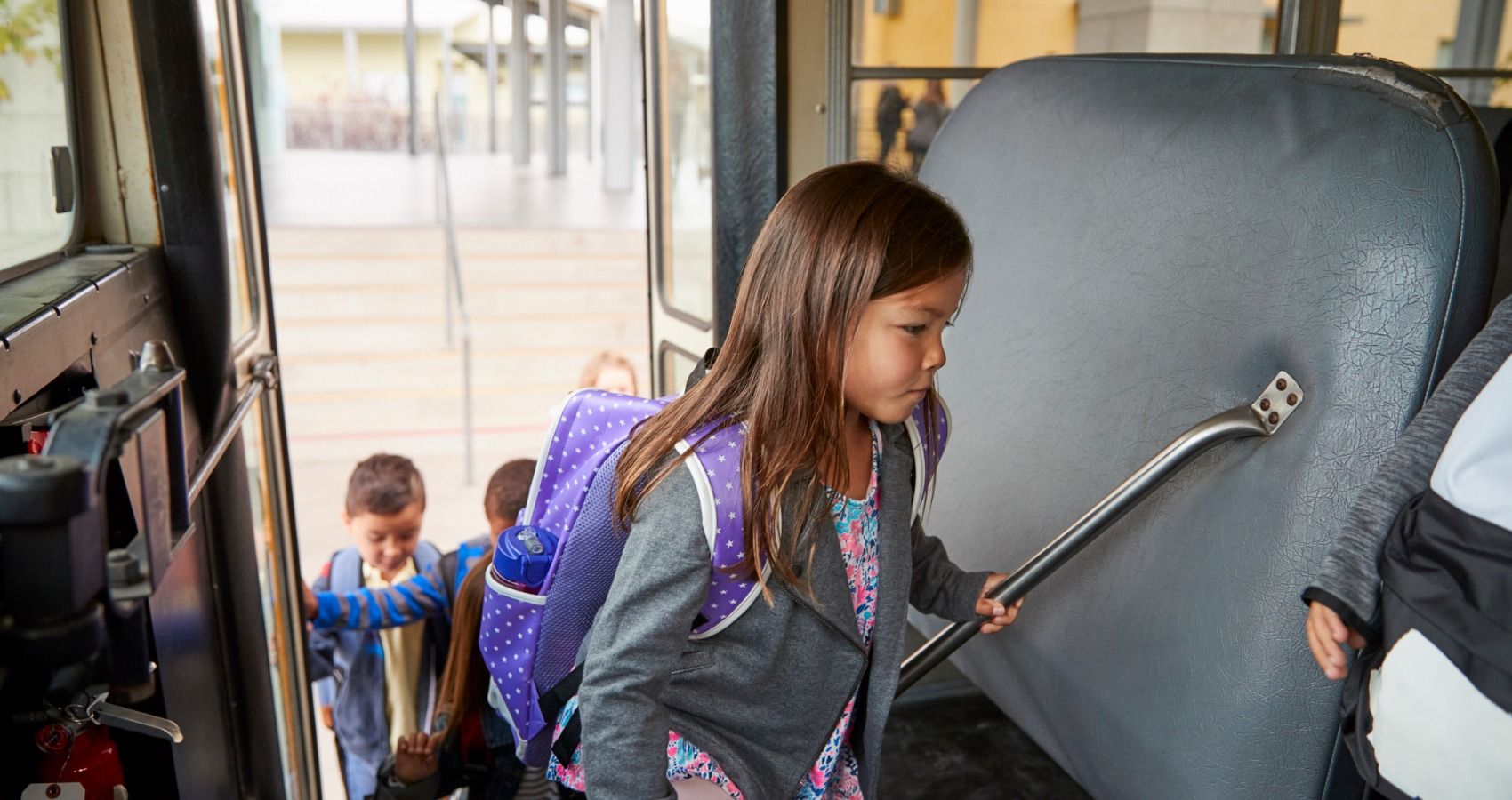Some parents might want to think about taking their children to school on their own rather then send them off on a school bus during their next morning run. That’s because school buses are exposing children to high levels of air pollution.
According to Science Direct, a study conducted by a team of researchers from Georgia State University looked at data from two different groups of students. They looked at test scores and compared the results to which school districts retrofitted their buses with reduced emissions and which ones did not. The results found that those students who rode on buses that had emission-reducing retrofits had higher test scores in English, but only slightly better test scores in Math than those students who rode in older school buses.
The study compared the results to the equivalent of a first-year teacher teaching a class compared to that of a 5-year veteran. The authors addressed this concern in a separate blog post, stating that school buses not only impact a child’s health, but their school performance as well.
It was also noted that despite finding interesting correlations between test scores and health performance, the authors did not find any effect on a child’s BMI. The researchers wrote, “Our research design dealt with this in two ways. First, by observing changes across districts over time we removed anything about districts that doesn’t vary over time, like preferences for health or general teaching quality. Second, we employed a placebo test by also checking for changes in students’ body mass index (BMI). If retrofitting districts were just getting healthier anyway, we would also see changes in BMI. We wouldn’t, however, expect bus retrofits to directly affect BMI.”
Daniel Kreisman, one of the study’s authors, told Jalopnik that despite the fact that Georgia underwent numerous changes to standardize their testing protocols in the last ten years, this didn’t have much of an impact on their study. He adds that children who are exposed to pollution have worse health problems than their peers is not much of a shock.
“Another way to think about this is that we’re comparing retrofitting districts’ relative performance on the test to non-retrofitting districts,” Kriesman told the site in an interview. “Whether the test changes simply means that we’re comparing across these districts on a (slightly) different test.”
Another study also found that children who live near major highways also often have lower test scores and worse behavioral issues than kids who live in on quieter neighborhoods and streets.
READ NEXT: School Bullying Increases Chances Of Mental Health Issues Later Life

